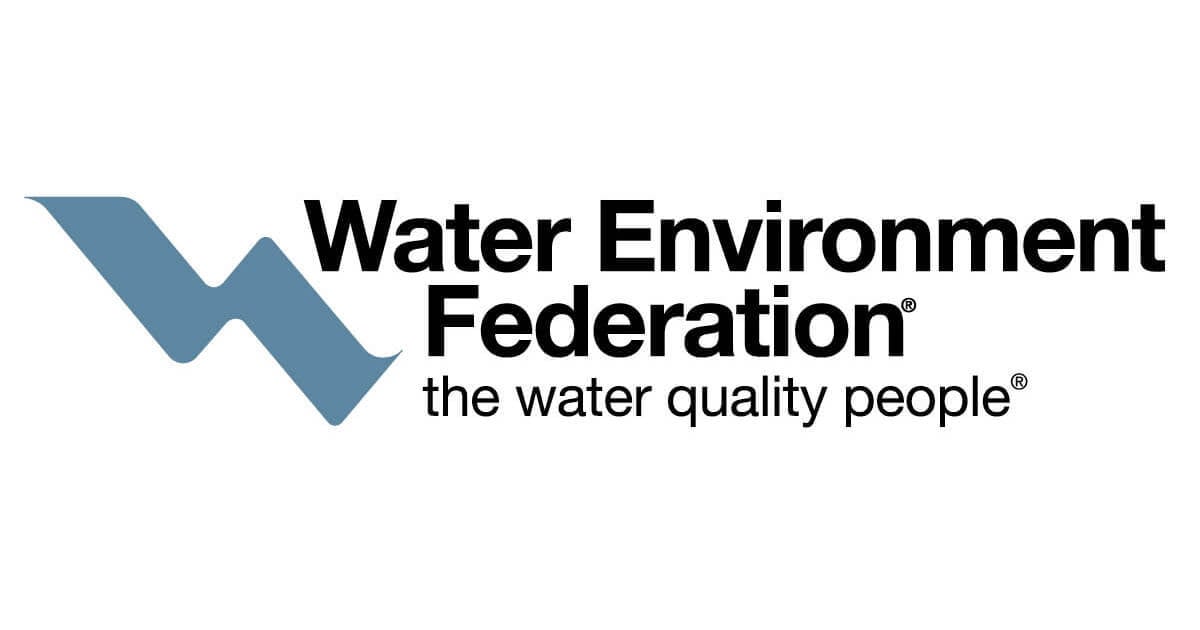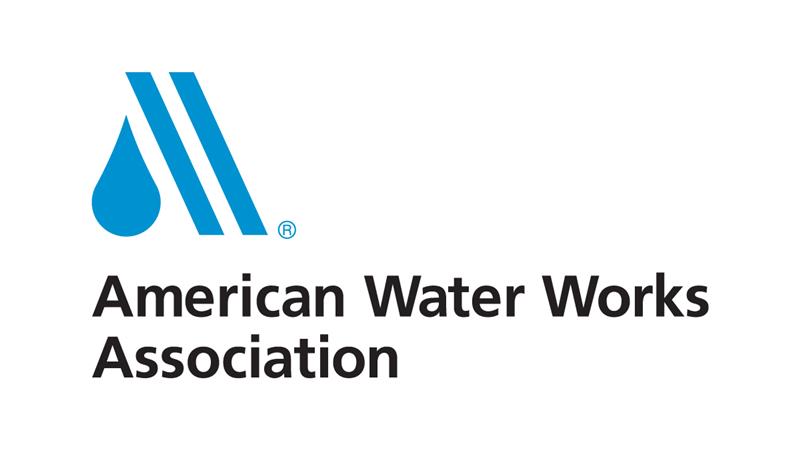- Infrasync Technology Services
- Posts
- Infrasync Newsletter #25 - Top Five Things to Know about Internet of Things (IoT) for Water Utilities
Infrasync Newsletter #25 - Top Five Things to Know about Internet of Things (IoT) for Water Utilities
Using sensors and data to meet current utility challenges

Water utilities are under pressure to do more with less—less water, less budget, and less downtime. With IoT, utilities are finding new ways to save resources and improve reliability, and it's changing the way we think about water management.

“….Advances in data, analytics, the Internet of Things (IoT), machine learning and artificial intelligence will increasingly empower consumers and influence water system operations. Adoption of new technologies will solve complex problems and sometimes introduce unintended challenges” - AWWA 2050 Initiative
In today’s world, managing water efficiently has never been more critical. With aging infrastructure, increasing demand, and environmental pressures, water utilities are looking for ways to optimize their operations. Internet of Things (IoT)—a network of connected devices that can monitor and manage everything from water flow to equipment performance in real time.
While IoT has been making waves in industries like manufacturing and energy, its impact on water utilities is just beginning to take shape, offering a smarter, more sustainable approach to water management. So, what exactly is IoT, and how can it transform the future of water utilities?
The main reasons utilities are looking at IoT networks are:
Regulatory Compliance: IoT allows real-time monitoring of water quality and other regulatory metrics, ensuring that utilities meet safety and environmental standards with precision.
Operational Efficiency: By automating data collection and enabling predictive maintenance, IoT reduces manual labor and downtime, ensuring smoother, more efficient operations.
Financial Savings: Early leak detection and optimized water distribution help reduce water loss and repair costs, leading to significant financial savings for utilities.

What are the five major factors to consider before using IoT Devices?
1. Where IoT Devices Need to Go
IoT sensors in water utilities need to be strategically placed throughout the water network to maximize efficiency. These sensors are typically installed in key locations such as pipelines, pumps, reservoirs, and meters to monitor water flow, pressure, and quality. Ideal sensor placement includes points where water enters and exits the system, high-pressure zones, and critical infrastructure. Proper placement ensures comprehensive monitoring of the system and helps identify potential issues such as leaks or inefficiencies early.

2. What Data Needs to Be Collected
The core of any IoT system is the data it collects. In water utilities, the most crucial metrics include water flow rate and pressure, to detect leaks and ensure optimal water distribution; water quality parameters like pH, turbidity, and contaminant levels, which ensure regulatory compliance; energy consumption of key equipment like pumps to optimize operations; and usage patterns from smart meters, which allow for better demand forecasting and customer engagement. Collecting and analyzing this data helps utilities operate more efficiently and maintain high service levels.

3. What the Installation Looks Like
Installing IoT devices in water utilities requires careful planning but is usually straightforward. Sensors are installed in specific locations, such as within pipelines or at customer meters, and must be calibrated for accurate readings. A data logger is typically used to aggregate and transmit data to the cloud. For larger systems, gateways may be installed to manage and relay data from multiple sensors. The installation process involves minimal downtime but must consider environmental factors such as water exposure, temperature, and physical durability to ensure the devices function correctly long-term.

4. What Maintenance Looks Like (Especially Battery Life)
IoT devices for water utilities are designed for low-maintenance operation, but periodic checks are still necessary. Batteries typically last 5-10 years, depending on usage and the frequency of data transmission. IoT systems that use low-power protocols such as LoRaWAN or NB-IoT can extend battery life. Maintenance includes checking sensor calibration, replacing batteries, and ensuring that devices remain weatherproof. Monitoring battery levels remotely through the system’s management interface can help ensure timely maintenance and prevent unexpected device failures.

5. How Data is Transmitted, Stored, and Accessed
Data from IoT sensors is typically transmitted using low-power wide-area networks (LPWAN) like LoRaWAN, NB-IoT, or Bluetooth Low Energy (BLE). These networks offer long-range connectivity with minimal power consumption, making them ideal for remote water infrastructure. Once collected, the data is stored securely in a cloud platform. This allows utilities to access the data in real time and analyze it through dashboards, providing insights into operations and facilitating predictive maintenance. Utilities can also set up automated alerts for anomalies like leaks or contamination, and data encryption ensures that sensitive operational information remains secure.

Examples of IoT Devices for Water Utilities
 Smart Water Meters | Smart water meters are IoT-enabled devices that measure water usage in real-time and transmit data to utility companies for billing, monitoring, and analysis. These meters provide accurate, near-instant readings and can detect leaks or abnormal usage patterns. They help both utilities and customers manage water consumption more effectively by enabling detailed consumption tracking and transparent billing |
 Sewer Level and Flow Sensors | Sewer level and flow sensors monitor the movement and volume of wastewater in sewer systems. These sensors help utilities detect blockages, overflows, or other anomalies in real-time, reducing the risk of environmental damage and costly repairs. They are typically installed in sewer pipelines and treatment facilities to provide data on the capacity and performance of the wastewater system |
 Sewer Level and Flow Sensors | Sewer level and flow sensors monitor the movement and volume of wastewater in sewer systems. These sensors help utilities detect blockages, overflows, or other anomalies in real-time, reducing the risk of environmental damage and costly repairs. They are typically installed in sewer pipelines and treatment facilities to provide data on the capacity and performance of the wastewater system |
 Pressure Sensors | Pressure sensors measure water pressure at various points in the distribution network. Consistent pressure is critical for ensuring the smooth flow of water, preventing leaks, and avoiding bursts in pipes. IoT-enabled pressure sensors alert operators when there is a significant deviation from normal pressure levels, allowing for quick interventions to prevent major disruptions |
 Water Quality Sensors | Water quality sensors monitor important parameters like pH, turbidity, temperature, and the presence of contaminants in the water supply. These sensors are essential for ensuring that water meets health and safety regulations. They are commonly used in both drinking water distribution and wastewater treatment plants to ensure compliance with environmental standards |
 Leak Detection Sensors | Leak detection sensors are strategically placed throughout the water network to detect changes in flow or pressure that may indicate a leak. Early detection of leaks prevents water loss, minimizes damage to infrastructure, and reduces repair costs. These sensors are key for maintaining the integrity of the entire distribution system |
 Reservoir and Tank Level Sensors | These sensors monitor water levels in reservoirs, tanks, and other storage facilities. By providing real-time data on water levels, they help ensure that utilities maintain adequate supplies and can optimize the refilling process. Level sensors are also used to detect overflows or underfills, which can impact water availability |
 Pump and Motor Sensors | Pump and motor sensors track the performance of pumps in water distribution and wastewater treatment plants. They measure parameters such as vibration, pressure, and energy consumption to ensure pumps operate efficiently. Pump sensors can predict failures before they occur, allowing for preventative maintenance and reducing downtime |
Implementation of IoT
To fully unlock the potential of IoT, it’s crucial to evaluate where your utility stands today. Are your current systems capturing the right data? Do you have the infrastructure to support real-time monitoring and predictive maintenance?
Now is the time to conduct a self-evaluation of your IoT setup. Start by asking:
Are your sensors positioned to cover critical areas like leak detection, flow, and pressure monitoring?
Is your data being transmitted and stored securely, and how accessible is it for real-time analytics?
Are there areas where smart meters, sewer monitoring, or additional quality sensors could drive further savings and operational gains?
Once you have a clear picture, create a plan for expansion. Whether it’s improving coverage with new sensors, upgrading to more energy-efficient devices, or integrating predictive analytics, there’s always room to grow.
Don’t wait until inefficiencies become problems. Start evaluating your IoT system today and identify where you can expand next to stay ahead of the curve and better serve your community.
There is a 4 step approach to implement Smart Infrastructure at any utility, see the approach on our website here:
Know someone who could benefit from this info? Forward this newsletter to them!
Make sense to connect?
Are you working to help your utility or technology company take the next step forward? If you want to talk through a challenge or share something interesting your team did please shoot me a note at [email protected] or schedule a utility technology review here.



